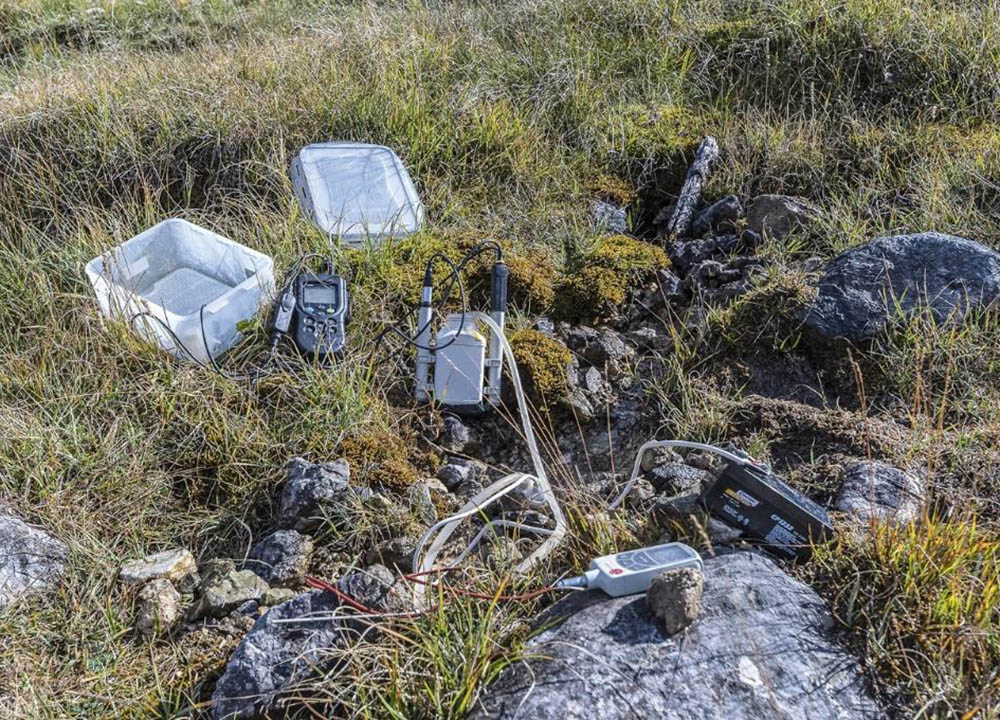Spring monitoring
Over the past three decades, the National Park's springs have been surveyed and analyzed. In order to record possible changes at the spring sites, spring monitoring was established in 2000, which was expanded to a total of nineteen springs in 2020. Since springs are very sensitive habitats with very stable site factors, possible consequences of climate change on the water balance and the spring habitat should thus be made recognizable and measurable.
Springs form a habitat with high and specific biodiversity and are transition zones between groundwater and surface water. As sensitive ecological special sites, they also have a special indicator function for the effects of climate change on the water balance of a region. The ecological interactions between climate, water balance, and biodiversity can be observed and understood especially at natural sources, i.e., those not altered by direct human influence. As climate changes, changes at spring sites can also be expected, e.g., due to changes in water temperature and water flow, which affect the diversity of organisms. Reliable statements on the effects of climate change, however, require a uniform method of monitoring springs and comparable data series over long periods of time. Only then can trend developments be reliably identified and analyzed.
The springs in the Berchtesgaden National Park (NPB) have been surveyed and assessed over the past three decades. Since 1994 the springs have been investigated, whereby in the first years only faunistic investigations and mapping were carried out. It was not until 2000 that the springs were also investigated chemico-physically.
For this purpose, eight springs have been sampled by the National Park Service since 2011 and nineteen selected springs since 2020, in the national park area in a tight sampling rhythm. The aim of the sampling is to obtain a long-term time series of the parameters temperature, oxygen content, pH, conductivity and discharge of the spring.
Like any monitoring, spring monitoring represents an investment in the future, the success of which may only pay off in future generations. So far, no trend developments clearly attributable to climate change have been detected in the spring habitat of Berchtesgaden National Park. This may be due to the fact that the available time series are still relatively short and that the area has so far been little affected by drought compared to other regions of Bavaria.
